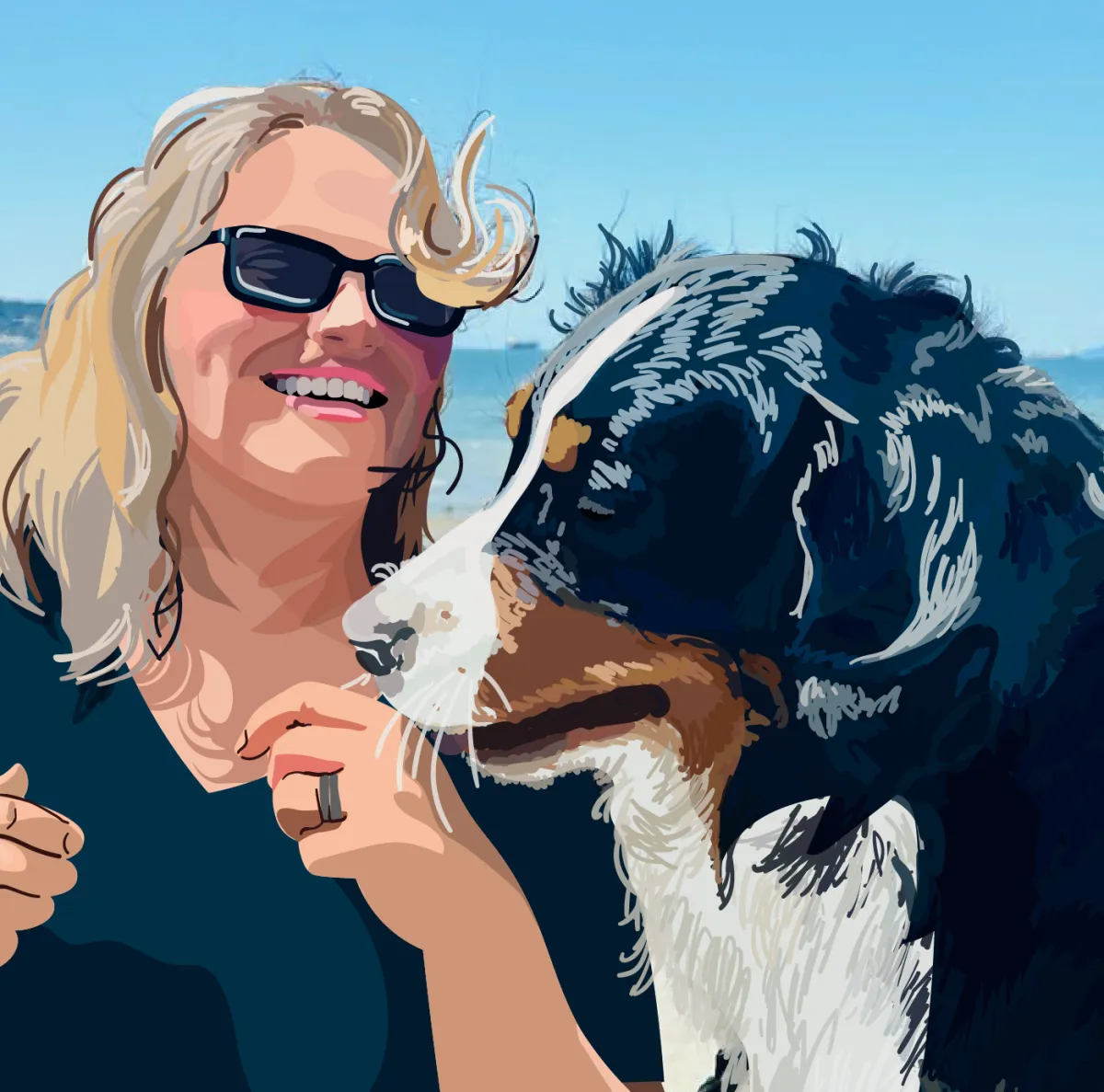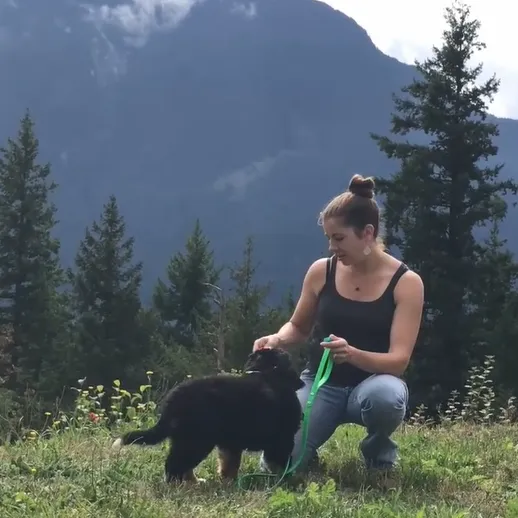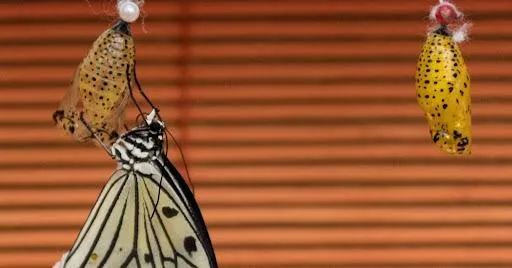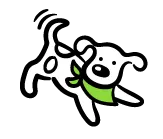

About Us
Since 2011, we’ve combined formal education in psychology, veterinary care, and canine cognition to provide exceptional training.
As an SPCA Accredited AnimalKind organization, we rely on the latest research, while ensuring that our work is rooted in 15,000 years of human-dog connection.
Dogs and humans have evolved together for 20,000 years. They have found food for us, and protected our families and livestock. They have gone to war with us and acted as gentle playmates for our children. They have laid down their lives to save us.
Our lifestyles have changed a lot in the last century, but our need for dogs hasn't. A dog and their owner, when reunited, sync their heart rates within minutes. Just owning a dog decreases heart attack mortality by 30%.
We are designed to live with dogs, but we need to learn how to incorporate them into our chaotic modern lives.
We're here to help your dog become a helpful and contributing member of your modern family.
Forget sit and stay!
At Wag The Dog we can teach dogs to:
Find our phones and keys when we lose them.
Find our children when we lose them!
Put recycling in the blue bin.
Fetch their own leash for walks.
Comfort us when we are sad or stressed.
Close doors and cupboards.
Imitate our actions.
Communicate their needs and thoughts clearly.
Recognize fragile people like children and the elderly and be cautious around them.
Assist us with our disabilities
Accompany us on outings to stores and markets.
Trust us to return home to them when we go out.
Understand simple phrases and two step instructions.

Carol Millman (she/her)
- Lower Mainland
B.Sc, Psychology, Veterinary Technologist, Certified Pet Dog Trainer - Knowledge Assessed (2022), Certified Trick Dog Instructor
Carol lives in Port Coquitlam and works in the Lower Mainland. Her autism gives her a unique perspective which she brings to her work with both dogs and people. Her time working as a veterinary nurse culminated in becoming the Director of Medical Services at a holistic veterinary clinic.
In 2008, Carol was hired as an apprentice Advanced Instructor at Pacific Assistance Dogs Society (PADS). She trained and placed wheelchair assistance dogs, hearing dogs for the Deaf, and facility therapy dogs. She also ran puppy classes and assisted in the daily care of the dogs in training.
PADS still sends people Carol's way when they are looking for private service dog training.

- Currently On Leave -
Amelia Kellum (she/her) - Fraser Valley
B.Sc Canine Studies, Certified Professional Dog Trainer Knowledge/Skills Assessed (2022), Certified Trick Dog Instructor.
Amelia is a certified professional dog trainer with nearly two decades of experience training dogs - including hunting, acting, and assistance dogs such as hearing, therapy, guide, and mobility dogs.
Amelia has learned directly from Bonnie Bergin, pioneer of the disability assistance dog, and is also a graduate of the Ben Kersen and the Wonderdogs professional trainer's program.
She apprenticed at PADS as an instructor and has been training independently since 2010. She now lives in Hope with her family.
What can you achieve
with our help?
Come check out our blog!

Your Teenage Dog Isn't Being Stubborn. They're Metamorphosing.
Your Teenage Dog Isn't Stubborn. They Are Metamorphosing.
A couple of months ago you thought you had the perfect dog.
Finally getting over that annoying nippy stage, finally starting to really get the whole peeing-outside thing... learning sit and down and come... you were so proud!
"What happened to that sweet, obedience five month old?" you wonder as your adult-sized dog drags you across the road to meet a total stranger.
Sorry. Your dog is a teenager, and that means their brain is now goo.
It all started in the amygdala.
The amygdala (ah-MIG-da-lah) is the part of your brain responsible for processing emotion and deciding how to behave in a given situation. It is your amygdala which is responsible for that thrill of fear that runs through you when someone taps you on the shoulder unexpectedly, even as you recognize that it's only your spouse returned from their walk.
Your amygdala screens everything that happens - it gets to make decisions before your consciousness even gets a look at the raw data.
Have you ever slammed on the brakes without knowing why, only to realize that someone was running a red light and would have T-boned your car if you hadn't stopped?
Thank your amygdala.
It isn't only fear that your amygdala handles, though. All emotion gets processed by the amygdala, and it can send behavior orders to your body without your permission if it thinks there's a good enough reason. When you can't help but laugh, even when you're trying to stop because your laughter is getting embarrassing - you can probably blame your amygdala for that too.
Thankfully, most of the time, we can control our emotional behavior responses.
As much as you may get the urge to punch someone who is irritating you, or to cry when someone hurts your feelings, often as adults we can inhibit those responses and choose to do something wiser or more dignified. When you are startled by that unexpected tap on the shoulder, you can usually stifle the scream before it happens.
Children can't do that, and neither can puppies. The inhibition neurons in the amygdala aren't fully grown until the entire body is fully mature.
The inhibition neurons are the ones who actually check with the rest of the brain before doing something silly and have the ability to shut down any inappropriate orders the amygdala gave out.
If you've ever started to tap the brakes, only to release them again when you realize that you just saw a shadow, not a child running into the road, that's your inhibition neurons shutting down your amygdala's overreaction.
Imagine an adult arachnophobia sees a plastic spider in a Halloween decoration. Their amygdala goes "AAAARGHHHH spider!!!! Shall we scream and flail and run away???" and the person's wiser parts of the brain analyzes the situation more closely and say, "no! It's just a plastic spider." The adult takes a deep breath and laughs at themselves and walks past the decoration.
During puppyhood, your puppy's brain is very open to experience. The brain is forming core memories that they will use as a reference guide for the rest of their life. The amygdala is involved in storing the emotions involved in those memories, and using those emotions as guidelines for future behavior.
A scary experience with a bearded man may get stored in the amygdala and result in that jolt of fear whenever they see a bearded man in the future... despite many more experiences with very nice bearded men.
Think of your puppy's brain as a hungry hungry caterpillar, gobbling up all the experiences they can find so they can learn how they should feel about them. By the time the socialization window closes, around 4-5 months old, the puppy has been stuffed full of feelings (hopefully good ones) about all kinds of things.
This is your dog's brain on adolescence.
During the teenage period, both human and dog brains have to transition from the absorb-everything state to the make-good-decisions-based-on-experience state required for adulthood. In order to do this, a certain amount of remodelling has to happen.
The caterpillar brain is metamorphosing into the butterfly of adulthood.
Have you ever cut into a half-developed cocoon? You won't see a half-butterfly, half-caterpillar in there. The caterpillar doesn't slowly grow wings and add legs.
No, the cocooned caterpillar digests itself and reduces its entire body into a kind of goo. Then that goo reassembles itself as a butterfly.
Really.
The teenage brain does something similar, although not quite so dramatically. First it prunes away a lot of the neurons involved in learning, in order to make room for information super highways. Connections that were made in childhood/puppyhood get strengthened and expanded, while unused connections get snipped away.
MRIs of human teenagers have found that teenagers actually have LESS brain mass than pre-pubertal children, because the pruning is happening and the new growth isn't completed yet.
It is a time of use it, or lose it.
The Big Problem
Here's the problem - the amygdala is now full of emotion-memories and ready to use them. But the neurons that say "stop!" aren't big enough to override those impulses, and meanwhile, communication lines to the smarter parts of the brain, like the pre-frontal cortex where things like planning and decision-making happen, are updating their hardware and are not available to answer the phone right now.
Don't Expect Big Things From Goo
Since your dog's brain is now, effectively, goo, this is not a good time to ask your dog to do anything remotely intelligent.
The puppy that learned not to jump up on week one will start jumping up, because the amygdala is saying "someone we love is here! I feel SO HAPPY. Shall we go TOTALLY NUTS?" and the pre-frontal cortex just plays The Girl From Ipanema for a while before adding, "...thank you for your patience. Your call is important to us. Please stay on the line..."
...So the dog just explodes with delight and leaps all over the person anyway.
When the dog sees a black poodle, and remembers that ONE old granny poodle who snapped at them once when they were being obnoxious, the amygdala says, "it's a black poodle! Will it eat us???" and your dog's brain, instead of saying "no, of course not, we've met lots of nice black poodles since then and besides, we were being so rude. Just be nice and we'll be fine", replies with a blue screen of death.
Enter total inexplicable and irrational terror response.
"So I just live with this???"
Yeah. Pretty much. It's a stage, like the eating-everything stage (which your dog may still be in because some dogs do that throughout their first year) or the "senile and needs to be lifted down the stairs" stage we sometimes get in old age.
But there are some things you can do.
Mindfulness is for the dogs
Relaxation and mindfulness exercises can be extremely helpful and important for the teenage dog. Make liberal use of things which help your dog achieve a zen-like flow state, such as chew bones, licky mats, and snuffle mats. Keep building emotion memories... just... less jumpy ones.
Give your teenager lots of time to finish doing their amygdala-mediated emotional behaviors and start using what brains they still have left. Long hours spent relaxing in the park, watching the world go by, can be very beneficial to a teenage dog. Encourage your dog to slow down and sniff the flowers on walks, rather than charging down the road thinking PARK PARK PARK PARK PARK.
Gradual transitions instead of quick ones will give your teenager more time to get in touch with their pre-frontal cortex and actually think instead of just mindlessly reacting.
You don't have to dump obedience training altogether - in fact, consistency is very important as your dog tests the boundaries of your sanity - but don't be surprised or unhappy if it all falls apart for a while. Your dog really can't help it. Their brain just isn't communicating with itself very well right now, and they are constantly being hijacked by their own amygdala.
Don't push your teenager too hard, or ask too much.
The more time your dog spends in a calm, regulated state, the easier it will be for your dog to get themselves back into that state again, especially as the brain circuits start reconnecting toward adulthood.
How Long Does This Last?
There's no good answer to that question, I'm sorry.
Your dog's goo-brain is uniquely theirs, and will develop at its own pace based on their breed, genetic makeup, the amount of enrichment they got in early life (studies show rats raised in enriched surroundings matured faster than rats in deprived surroundings), and a zillion other things. There's a lot of research still to be done on dog brain development, for instance the effects of spaying and neutering.
We know that large breeds mature slower than small breeds. The old Swiss saying for Bernese Mountain dogs is "three year a puppy, three years a good dog, three years an old dog. Anything more is a gift." A chihuahua might be a mature adult by one whereas a Berner may still be a puppy at two and a half.
But in general, most dogs hit maturity around 18 months of age. Sometimes as late as 24 months or later.
I would expect things to get better by age 2.
Anything more than that is a curse.

We work on land which was taken from the nations who had lived here for thousands of years. They are still here and they are still waiting patiently for us to stop being jerks about it.
© 2024 Copyright Wag The Dog Training
All Rights Reserved




